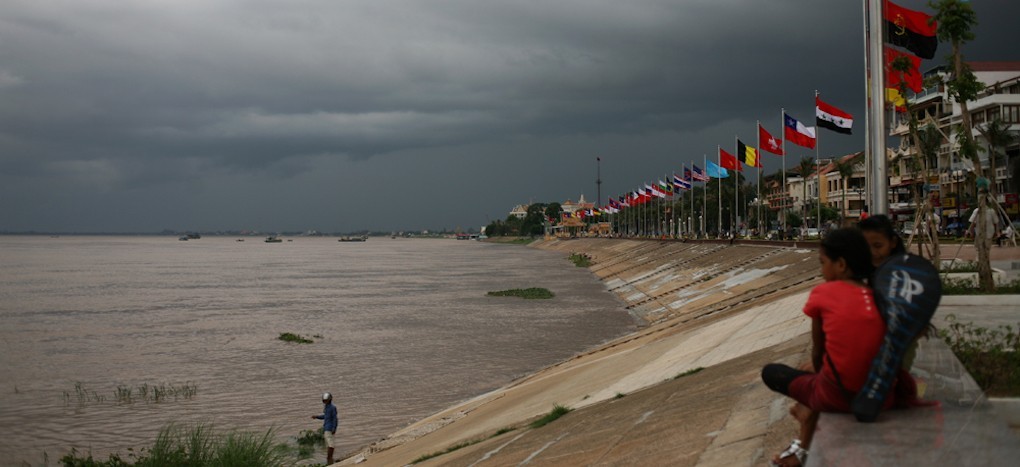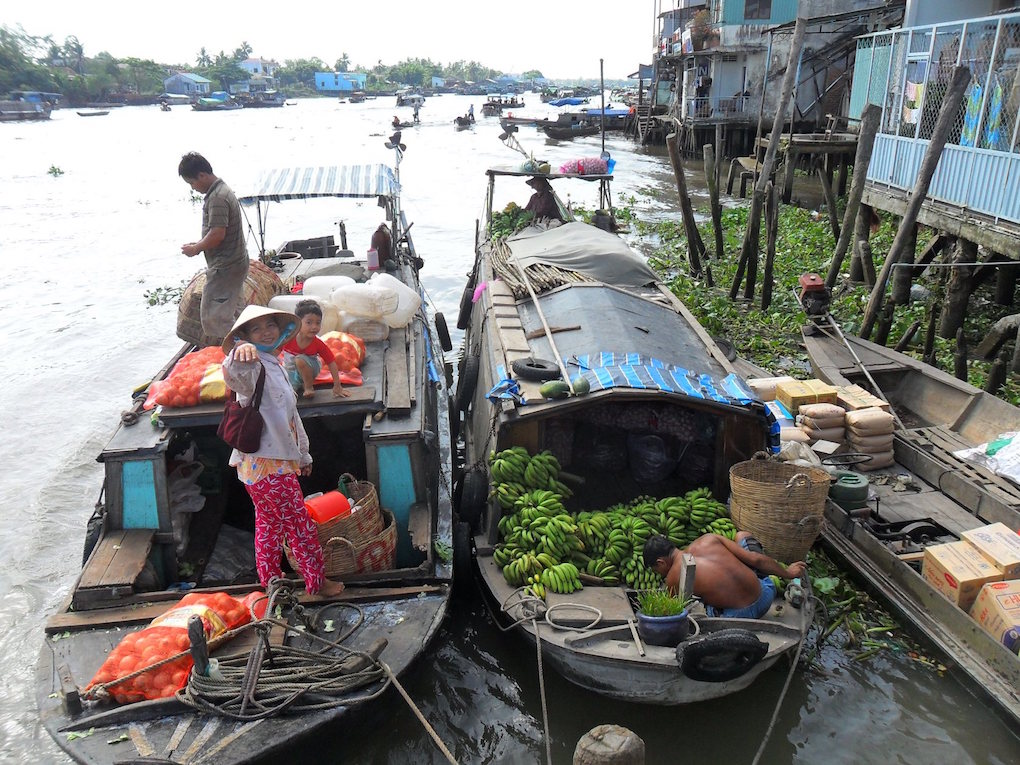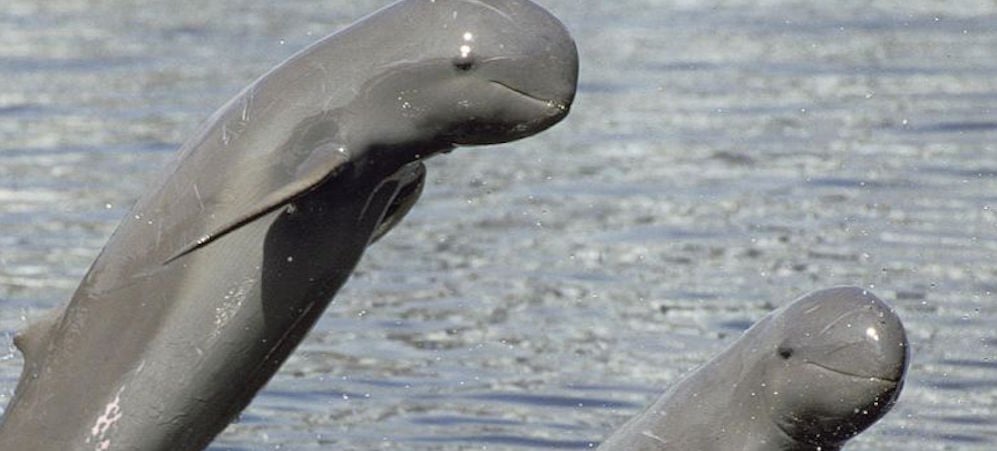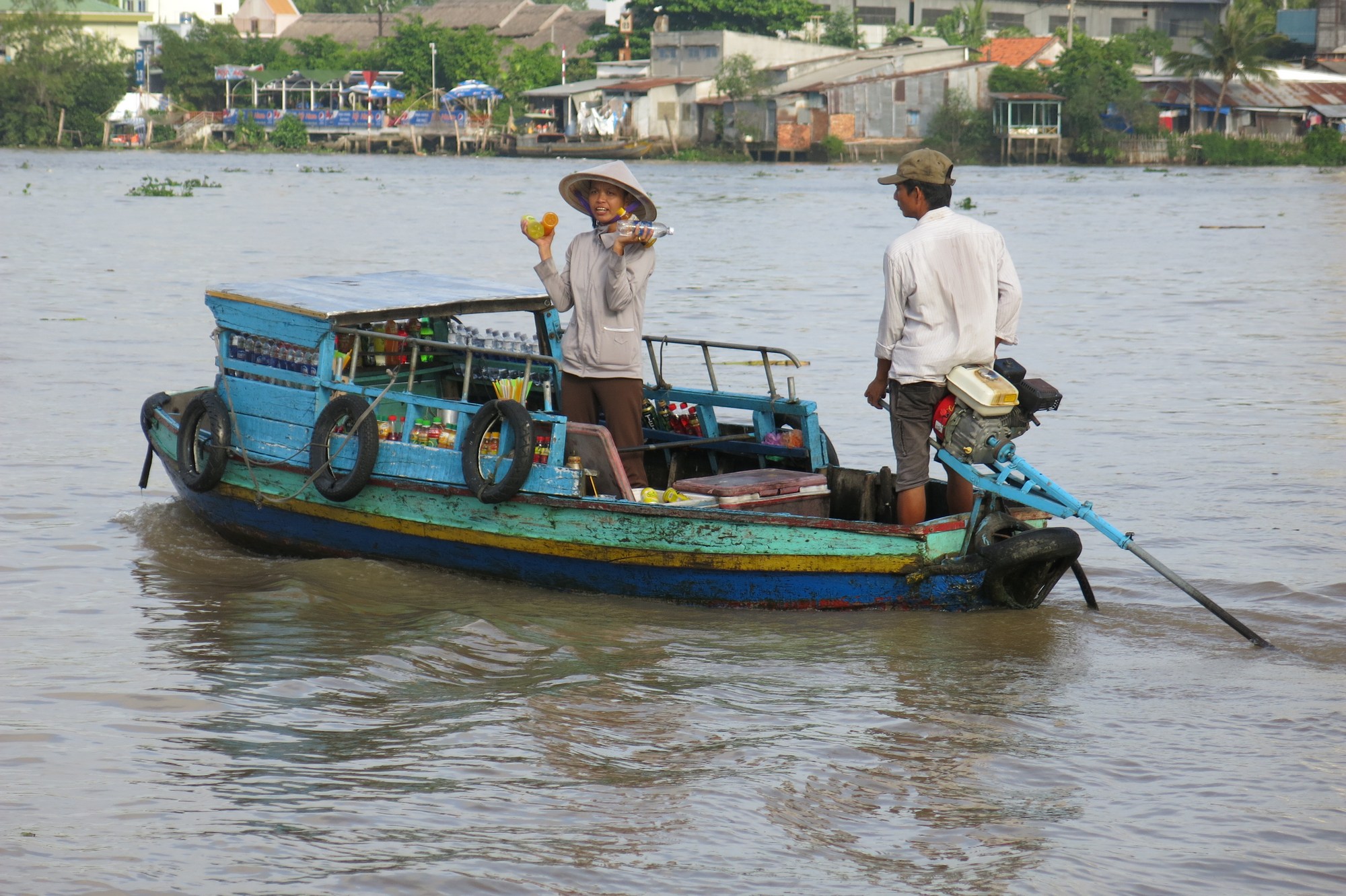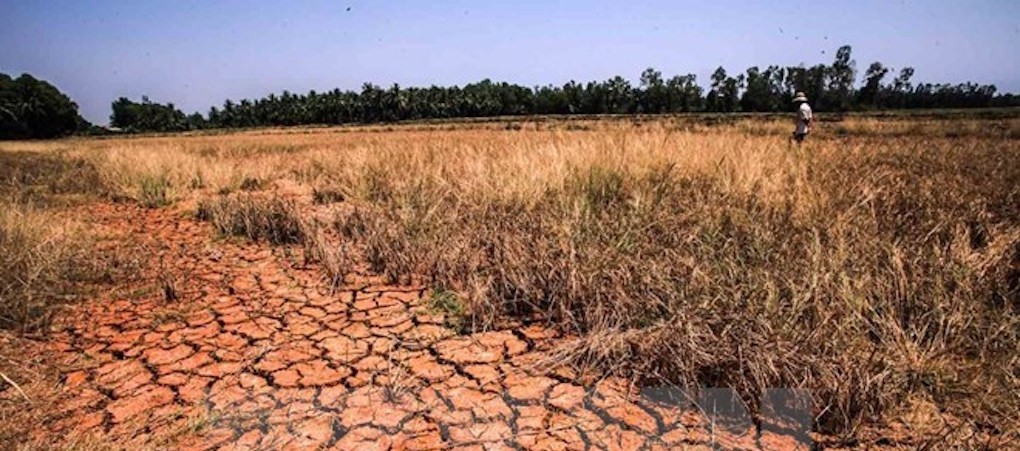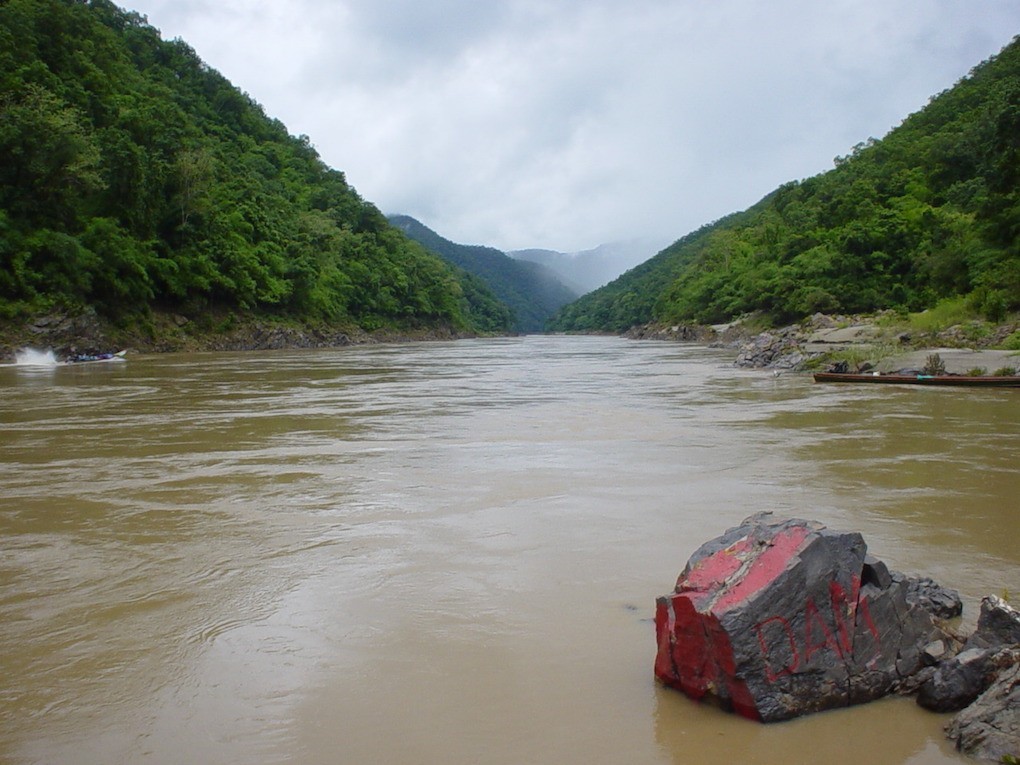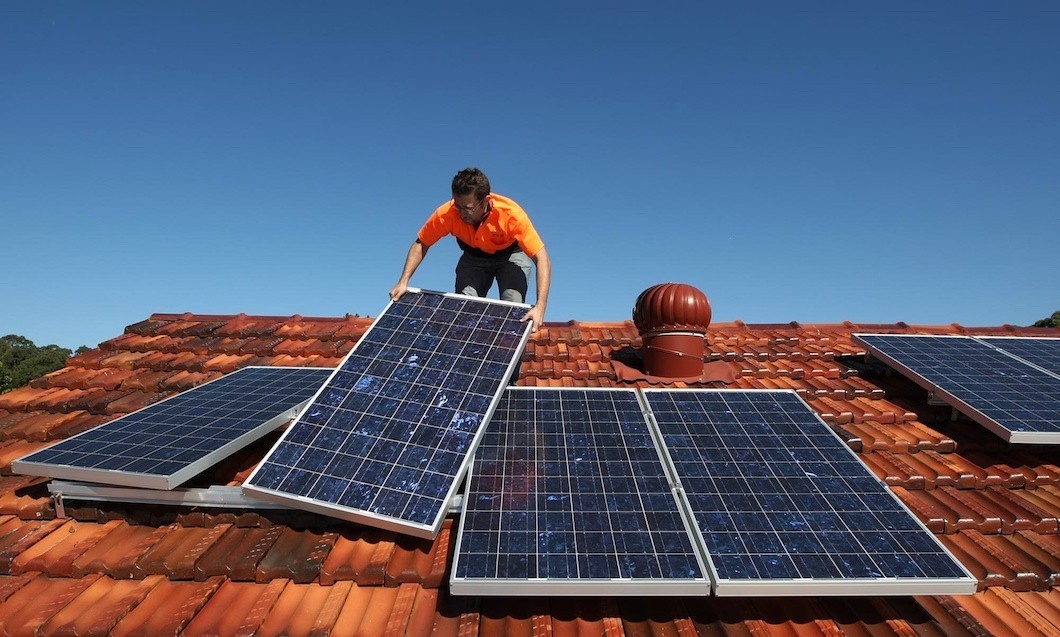Prime Minister Hun Sen on Monday disputed the idea that water shortages along the Mekong River have been exacerbated by two massive hydropower dams being developed by Laos, saying the drought currently afflicting much of mainland Southeast Asia was caused only by “the sky.”
All Stories
Securing the Mekong Delta water supply
The current severe drought and rise in sea level has caused saline intrusion in the Sai Gon and Dong Nai rivers. The two rivers supply raw water to more than 10 million residents and to businesses.
The high saline rate along with household and industrial pollutants in the river water has threatened the city’s water supply.
Water treatment plants in HCM City have had to shut down numerous times because raw water taken from the Sai Gon and Dong Nai was below standard.
The salinity rate in the rivers is at the highest level of the last five years, affecting operations of some of the pumping stations that supply water to the city.
Water pollution has become more serious in the Dong Nai River, which supplies 4,000 cu.m water per person in HCM City each year.
Dolphin calves born in the Mekong
The Mekong River now has so many dams that one of the worlds mightiest rivers could almost run dry. In the dry season, river levels do in fact become dangerous for the rare river dolphins, Orcaella brevirostris Illegal fishermen and stranding opportunities increase, but the good news this March, as river levels rise again, is that no animals were lost and 3 calves were born near the delta. 688 river guards protect the dolphins and the river in Cambodia and the Lao PDR, and that investment surely must be helping! The WWF report the story here.
Many plants and animals rely on the might flow of the Mekong, with 1100 fish species alone, thousands of insects, mammals, amphibians, birds and reptiles well-known to researchers. The dolphins feed on fish, cephalopods and crustacea, facing intense competition from humpback and bottlenose dolphins when at the coast. Perhaps the 90 or so dolphins in Lao PDR and Cambodia can act as suitable emblems of the extinction possibilities threatening the rainforest and the riverine species. This dolphin is classed as Vulnerable, according to the IUCN Red Book classification, like many others of its order and so many others in the rapidly disappearing habitats around SE Asia.
Vietnam’s lowlands to go under with climate change, bank report says
When it comes to climate change, Vietnam’s Ho Chi Minh City is one of the world’s 10 most vulnerable cities.
As a result, around 70 per cent of its urban area may experience severe flooding in coming decades, according to a recent Asian Development Bank report.
The bank’s assessment is based on the United Nations’ projections of a 26-centimetre sea level rise by 2050.
Local authorities are taking the threat seriously, recently announcing flood-prevention measures of almost $US7 billion ($9 billion) over the next five years.
But the southern economic powerhouse, formerly Saigon and one of the fastest growing and most polluted cities in the country, is not the only Vietnamese centre at risk.
About 60 per cent of the country’s urban areas are a mere 1.5 metres above sea level and extreme climate events are increasing and widespread.
China to release more water to alleviate SE Asia drought
China will release more water from a dam in its southwestern province of Yunnan to help alleviate a drought in parts of Southeast Asia, China’s Foreign Ministry said on Tuesday, following an initial release begun last month.
Will China save its last undammed river?
In a remote corner of southwestern China, close to the Myanmar border, the towering Nu River gorge narrows to a frothy boil of rushing water, its powerful flow creating swirling eddies.
Thrown across the river from one rock face to the other hangs a flimsy suspension bridge. “No entrance” reads a sign on its locked and rusting gate. “For construction only.”
The abandoned bridge is the sole hint here of a lengthy environmental battle that may be nearing its end. For more than a decade, activists have fought a state-owned hydropower company’s plans to build giant dams on the Nu, the last natural river in China. Now, dam opponents say they scent victory.
Energy evolution
Growing awareness of the impact of air pollution and global warming have been driving more investments in energy from renewable sources and moving green energy to the top of many government policy agendas.
In Southeast Asia, finding the right energy mix is a major challenge as countries strive to ensure that economic growth and environmental protection are compatible.
“The challenge faced by developing countries is balancing the cost of electricity and conservation of the environment,” Dr Maximus Johnity Ongkili, Minister of Energy, Green Technology and Water of Malaysia, said at Sustainable Energy & Technology Asia (SETA) 2016 held in Bangkok late last month.
Holding back the sun: Thailand, solar energy and the “base load myth”
Thailand’s Energy policymakers recently announced plans to allow the private sector more access to promote solar power in the Kingdom. But restricting the program to just 100 MW of roof-top installations runs counter to emerging advice from within and experience from abroad, that solar power, and renewables generally are the way forward— not the large, unnecessary energy projects at home and in neighboring countries now driving Thailand’s energy policy.
At the core of this transition is debunking the myth of what’s known as base load: managing that minimal amount of power that is needed 24 hours a day to meet demand. Since electricity demand fluctuates hourly, with peak production in the afternoon when offices, air conditioners, and factories are in full operation, versus the wee hours of the morning when things are more cool and quiet, some power plants run all day long and others just supplement supply when electricity needs rise. Traditional fossil fuel plants have longtime been advanced to service this base load, and Thailand is no different. But techniques in demand management and the ability of solar in particular to meet the high demands during the day can reduce the need for these plants.
Doubts raised over Chinese oil refinery plan
A Chinese-led US$3 billion plan to build Myanmar’s largest oil refinery near the southern city of Dawei has raised questions about China’s strategic intentions in launching apparently commercially unviable projects, while local groups have already signalled their opposition.
Sino–Japanese competition heats up over Myanmar’s SEZs
China and Japan are eager to be involved in massive special economic zone (SEZ) projects in Myanmar, amid rising economic competition in the Greater Mekong Subregion (GMS). Since 2011, Myanmar has rapidly improved its diplomatic relations with the West and Japan in order to broaden its economic relations and mitigate its excessive dependence on China.


